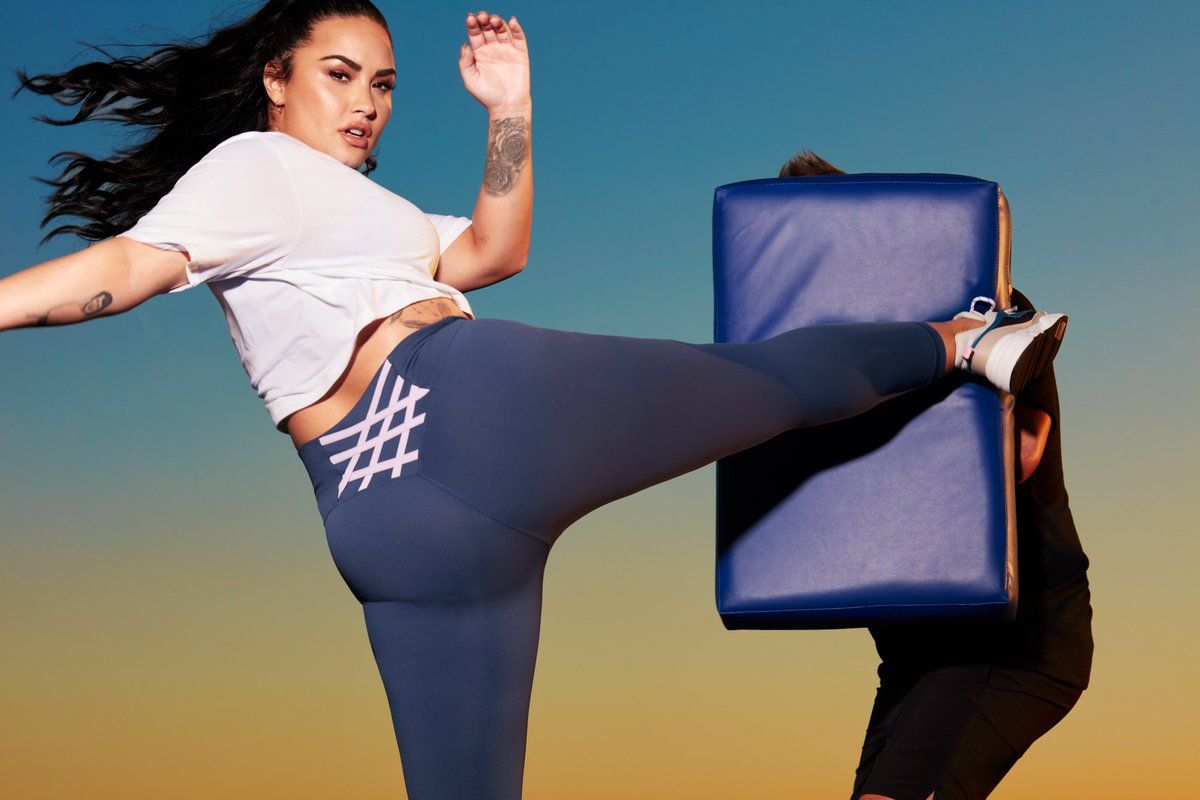Support causes that influencers care about
Influencers and consumers alike are highly sceptical of corporate “social good” initiatives that appear empty or opportunistic. Brands can avoid the perception that they are merely capitalising on a crisis by teaming up with content creators to support causes that both parties are genuinely passionate about, and taking concrete, progressive action. For example, while many brands postponed launches early in the pandemic, Fabletics moved forward with the April release of its Demi Lovato for Fabletics capsule collection, created in partnership with the singer, and pledged a portion of proceeds to the World Health Organization’s COVID-19 relief fund. While mitigating the pandemic’s impact was top of mind for many people around the world in April, Lovato proved particularly invested in the cause by founding her own coronavirus-related mental health fund the same month. Thanks largely to Lovato’s authentic enthusiasm, mentions of #Demi4Fabletics garnered $639.5k in Earned Media Value (EMV)—a metric for quantifying the estimated value of digital earned media—in April, fueling the brand’s 24% month-over-month EMV growth.








